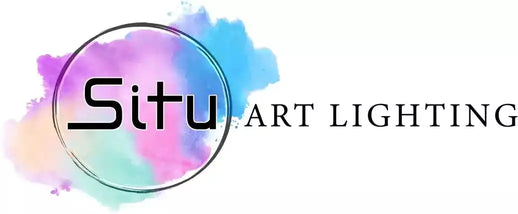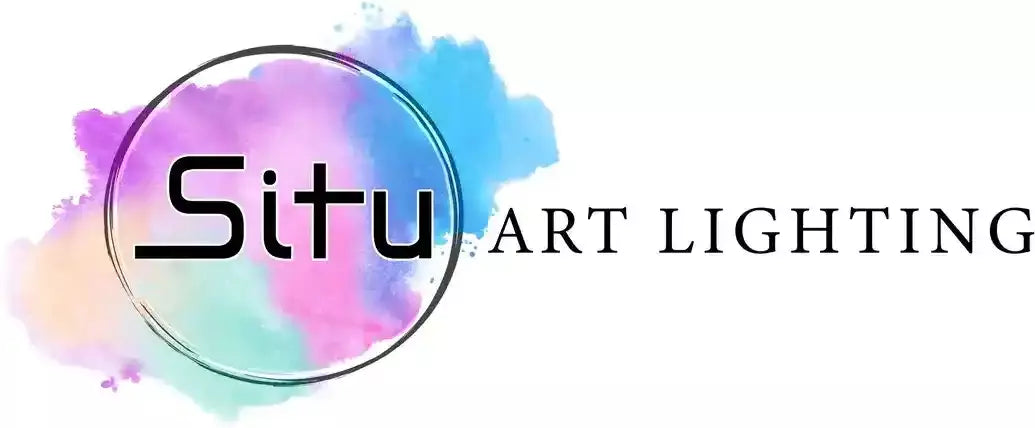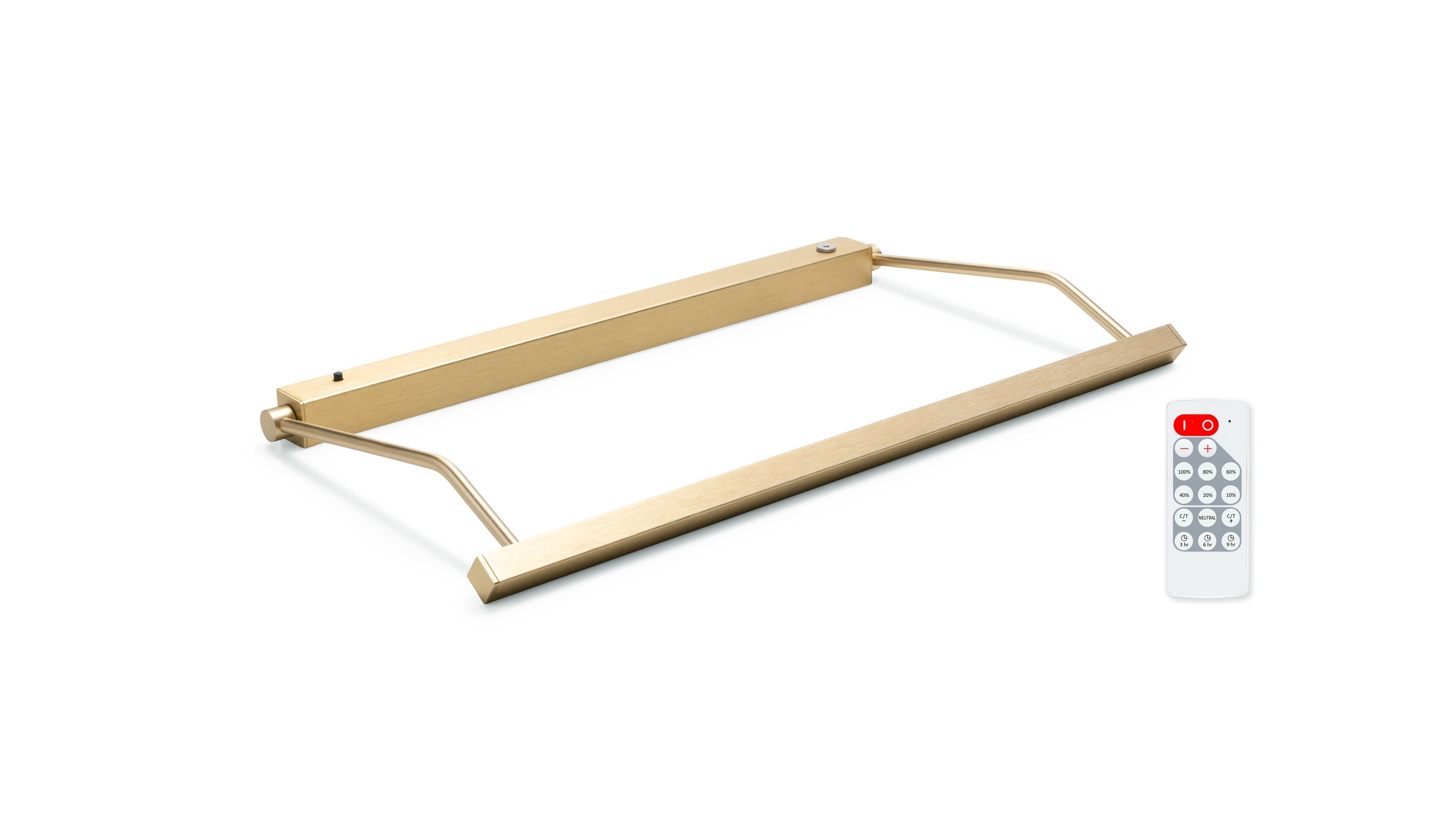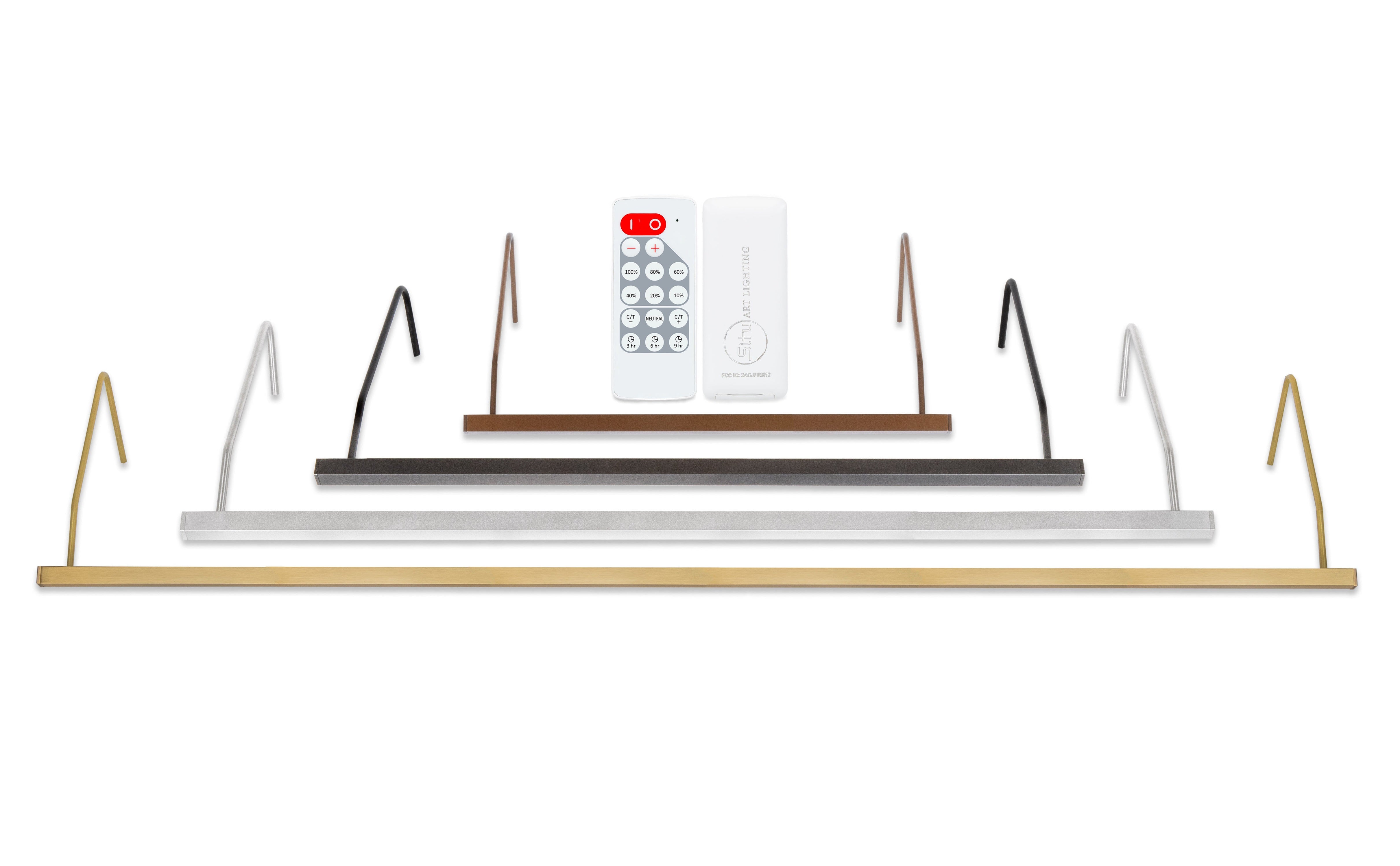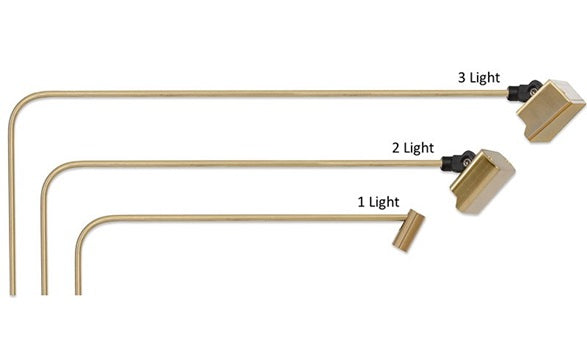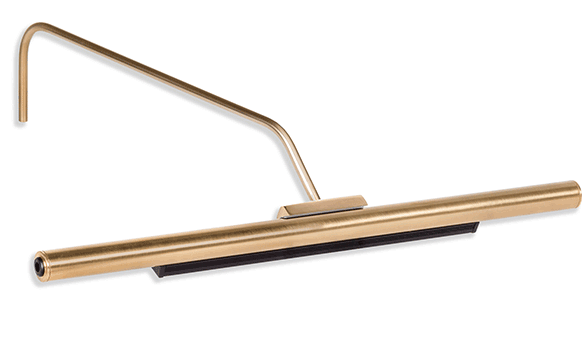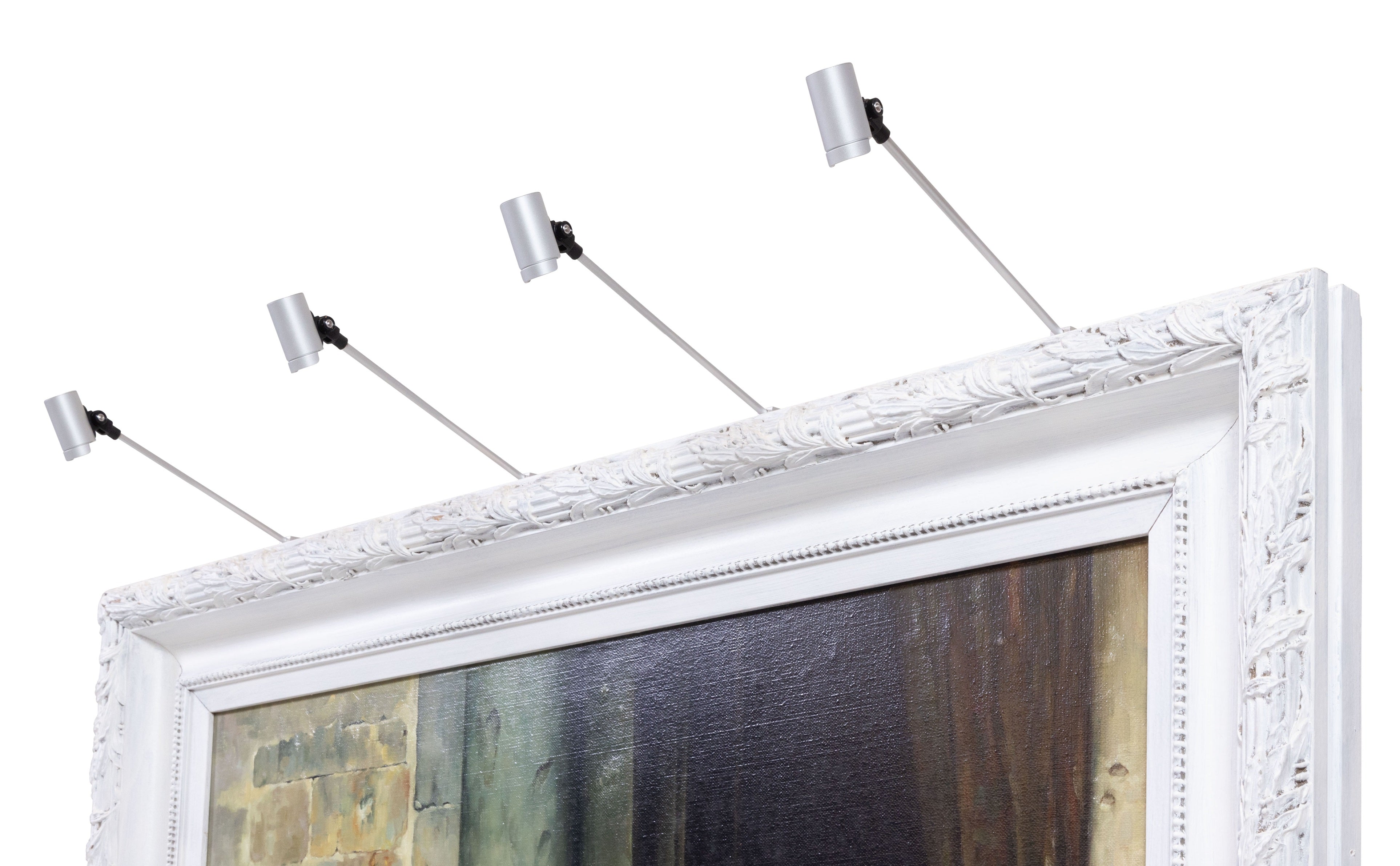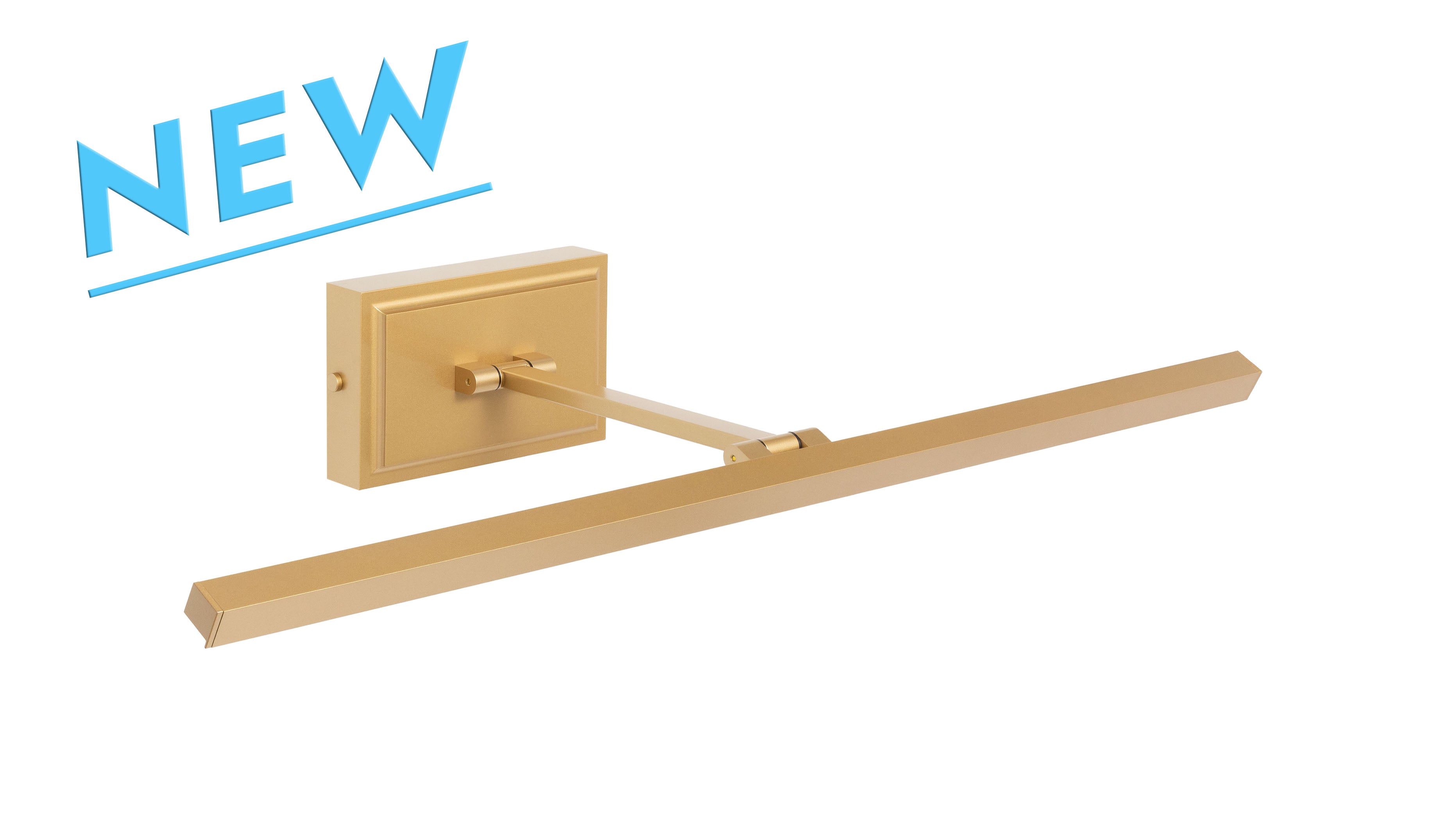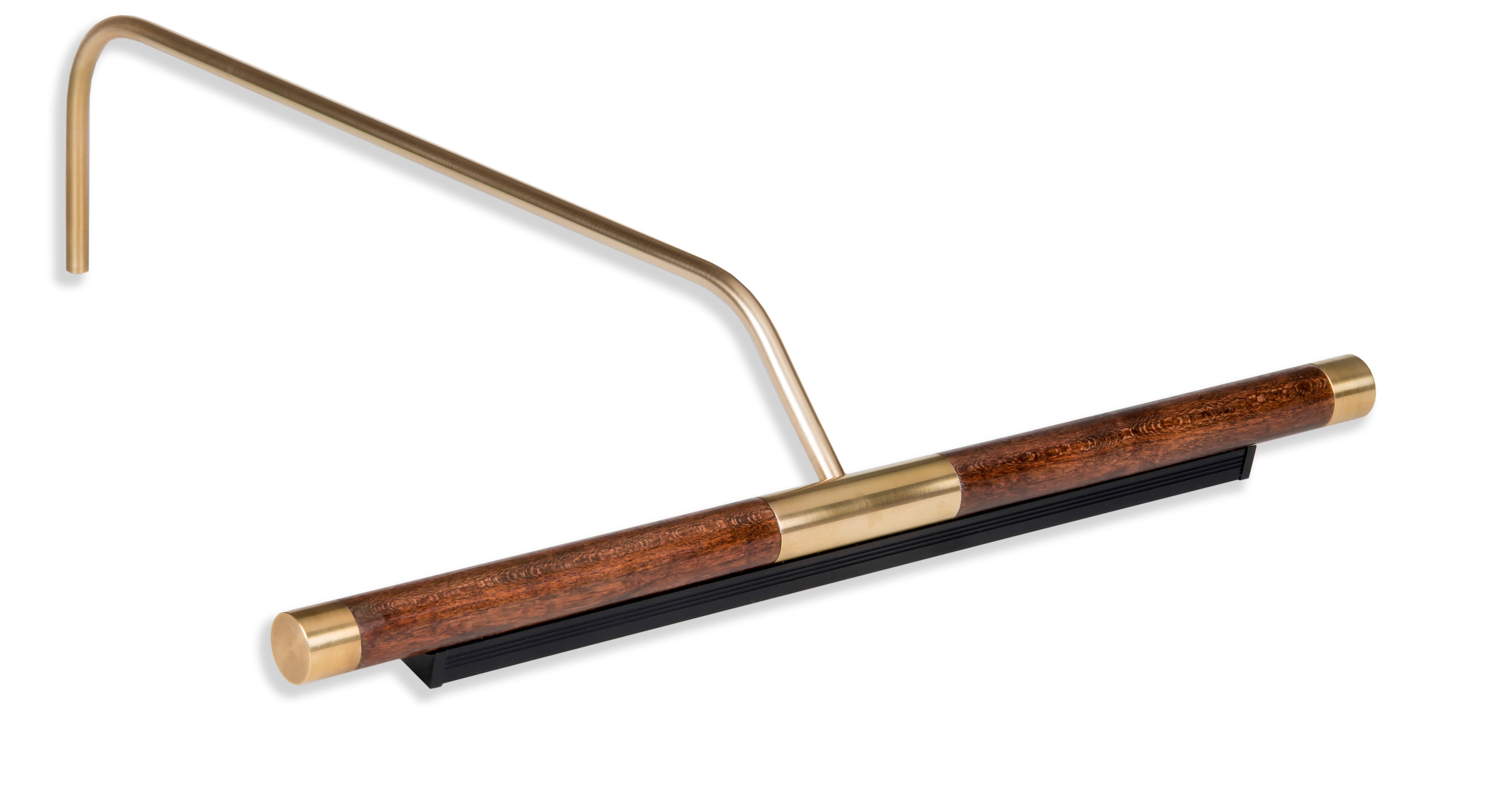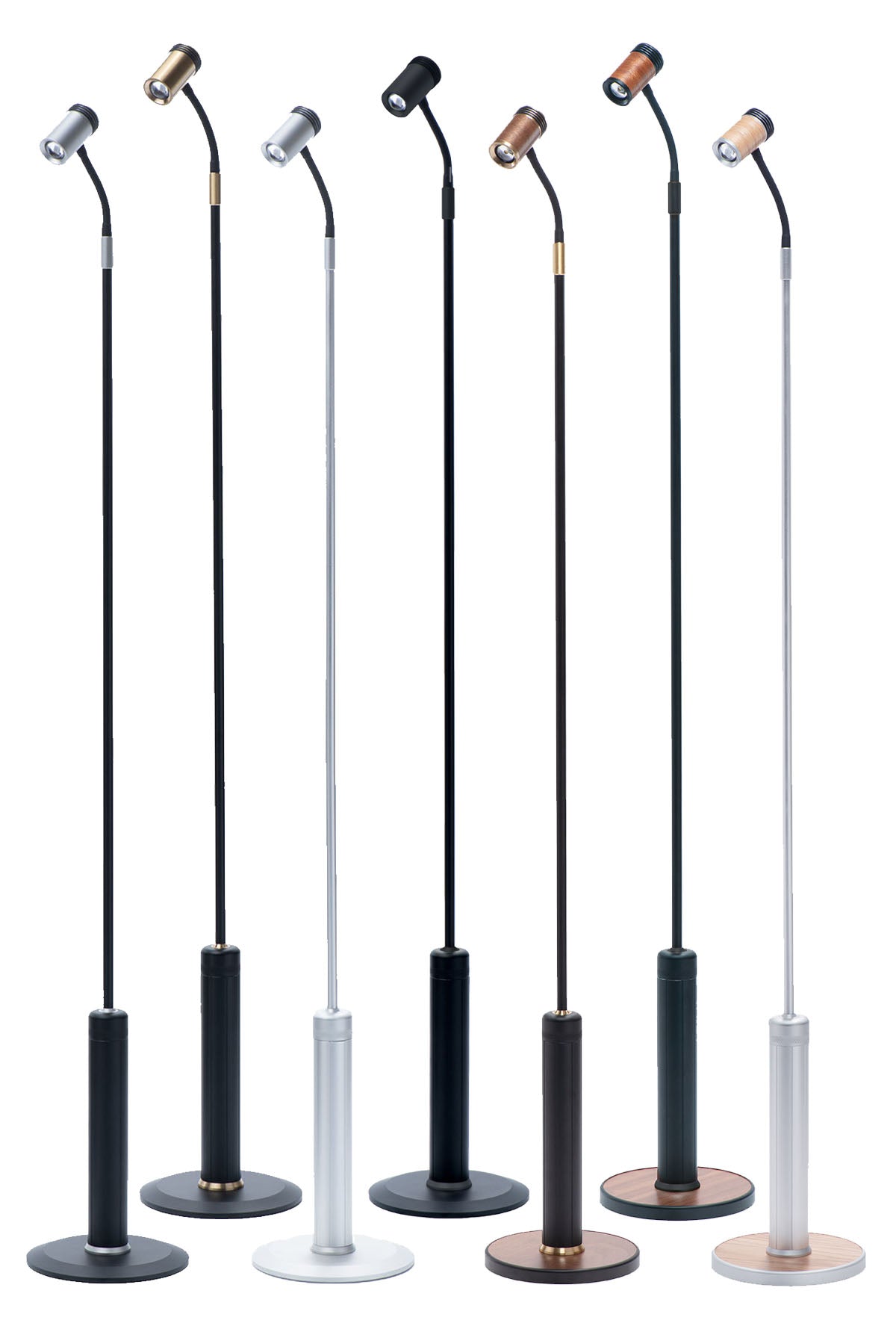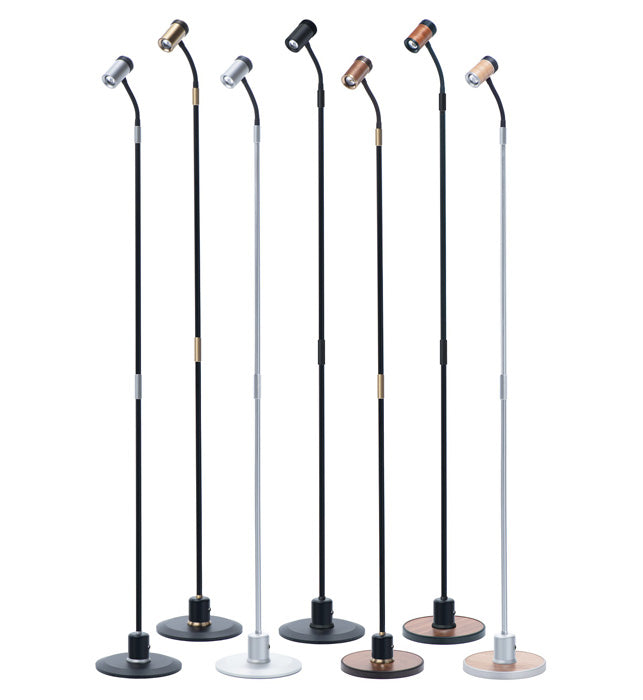Art has the incredible power to captivate us, stirring emotions and igniting our imaginations. Whether it’s a timeless masterpiece or a cherished personal creation, one common challenge that can arise when displaying artwork is the issue of glare when using picture lights. Glare can hinder the presentation and enjoyment of the artwork. In this article, we will delve into the reasons behind light glare, explore various solutions, and shed light on how to minimize this often-pesky problem.
-
Glare happens when light reflects off glossy surfaces, especially behind glass, creating distractions in the viewing experience.
-
Glare depends on the angle of light cast from the fixture and how it reflects off the artwork surface. The angle of incidence (where light hits the glass) equals the angle of reflection (where light bounces off).
-
Adjust Light Height: Raise the fixture to change the angle of light, reducing glare.
-
Shorten Fixture Arm: A shorter arm alters the light’s direction, minimizing reflections.
-
Lower Artwork: Bring the artwork closer to eye level to avoid direct light reflections.
-
Use Uplighting: Position the light below the artwork to cast light upward, away from your eyes.
-
Remove or Replace Glass: Consider museum-quality anti-glare glass or remove glass entirely for clear viewing.
What is Glare?
Glare occurs when light reflects off the surface of artwork composed or finished in a glossy medium, and particularly works behind glass. The resulting light glare is primarily influenced by the angles at which the light is cast from a fixture relative to how it’s viewed. Glare is no more than a reflection of light. With the fixture off, you would instead see the fixture in the reflection.
Picture lights, commonly mounted above artwork, often exacerbate glare due to the downward angle at which the light is directed onto the plane of reflection, in this example, glass. When it comes to minimizing glare from a picture light, the position of the fixture relative to the artwork plays a crucial role in altering the angle of reflection, thereby reducing light glare.
The plane of reflection refers to the flat surface at which light bounces off when it strikes a reflective surface like glass. In accordance with the Law of Reflection, the angle of reflection occurs at an angle equal to the angle of incidence. The angle of incidence is the angle at which light hits the glass surface.

In understanding that the reflection of glare will always be at the same angle that the light is being cast on the artwork, we are better able to understand how to avoid seeing this reflection. Avoiding light glare is a matter of moving this reflection away from eyesight. Read further for some ideas on how to do just this.
Resolving the Dilemma of Glare
Fortunately, there are several effective solutions that can help alleviate or even eliminate light glare on artwork. Let’s explore some of these options:
1. Adjust the Fixture Higher
One simple solution to reduce glare is to adjust the picture light higher above the artwork. By increasing the distance between the light source and your artwork, the angle at which the light strikes the glass is made more obtuse. This adjustment can result in the light being above the plane of reflection, minimizing the chances of glare affecting the viewing experience. Experimentation with different heights can help achieve the desired effect. Once adjusted properly, any presenting light glare would be reflected below your eyesight.

2. Shorten the Arm of the Fixture
Glare has so many variables that it can be difficult to estimate and account for. In accordance with the Inverse Square Law, a shorter arm on a fixture will provide less lateral coverage. However, the resulting change in the angle of reflection can make an impact on light glare in some situations, as the angle of incidence is made more obtuse which can potentially reflect the light emitted from the fixture below eyesight.
Many of our fixtures can be customized to a shorter length, both as a means to mitigate glare as well as for narrow spaces that require consideration for space. The Rechargeable Touch Series, Plug-in Vision Series, and Plug-in Classic Series are all available in a 7” overall length, 3.5” shorter than the Standard length. Do note that all of our size recommendations are predicated on the Standard length arm, so it’s best to start with the Standard 10.5” and hold the fixture at different lengths and angles once received to see if customization is necessary. Our other fixtures are also available at custom shorter lengths, though these will be customized to your specifications.

3. Lower the Artwork
Alternatively, lowering the artwork can also help mitigate light glare. Picture lights are typically mounted above the artwork, directing light downward onto the glass surface. When artwork is mounted high relative to eye level, due to the steep angle of incidence, the reflected light bounces directly towards the viewer's eyes which can reveal glare. By bringing the artwork closer to eye level, the viewer’s line of sight aligns more directly with the artwork. This adjustment decreases the chance of distracting reflections, providing a clearer view of the artwork. This method may require some experimentation to find the perfect positioning, but it can be an effective way to minimize unwanted reflections.

4. Uplighting
Another great solution is using the light from the bottom of the artwork as an uplight. By illuminating the art from below, the light is cast at an upward angle away from your eyesight. This technique not only eliminates the issue of glare but can also highlight details in the foreground of the piece of artwork. The only light glare that can be present in this case will be if the artwork is viewed from above.

5. Remove the Glass
While glass provides protection to the artwork, it can also contribute to glare. In some cases, removing the glass altogether may be a viable solution. However, it’s crucial to consider the preservation and protection of the artwork. Delicate pieces may benefit from the added barrier of glass to shield them from dust, ambient UV light, and physical damage. It’s a decision that should be made on a case-by-case basis with the artwork’s longevity and safety in mind.
Museum quality glass, also known as anti-glare or non-reflective glass, is designed to reduce the glare caused by ambient light but is often mis-marketed as the complete solution to light glare. The anti-glare coating on museum quality glass is more effective in reducing reflections from the light coming at oblique angles or from different directions. When an art light is directly pointed at the artwork, the light falls more perpendicularly onto the glass surface and at a much greater intensity than ambient glare. In such cases, the low-glare properties of the glass will not be as effective.
Conclusion
Glare on artwork can quickly hinder the viewer’s experience and appreciation. By understanding the Law of Reflection and the impact of angles and reflection of light, we can employ various solutions to combat light glare and fully appreciate the beauty of the artwork. Whether it’s adjusting the height or depth of the picture light placement, lowering the artwork, utilizing uplighting, or considering the removal of glass, there are numerous methods available to tackle this issue. With these solutions in mind, we can now shine a new light on artwork.
